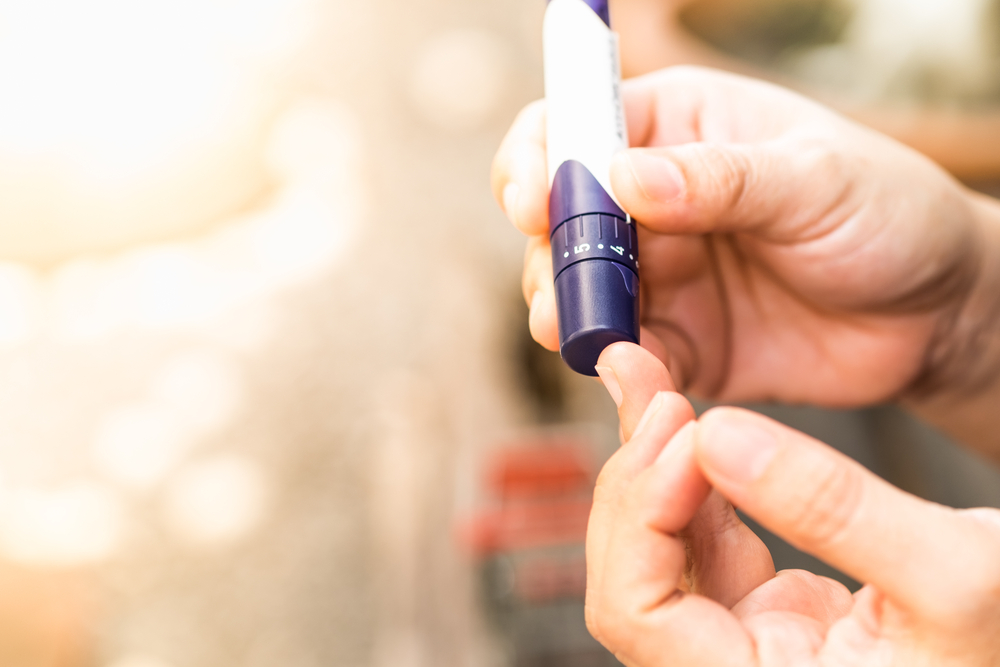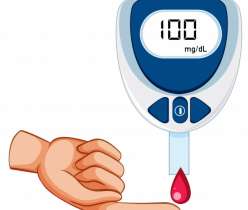Following a diabetes-friendly diet without a chocolate can be difficult to follow, especially if you are a notorious chocoholic. Being a diabetic, if you are honest, it is nearly impossible to find an equally satisfying replacement for an old-fashioned chocolate.
There is a good option for diabetes patients who are also chocolate lovers. The chocolate can now be a part of their diabetic friendly diet. One can manage his/her blood sugar levels even after eating chocolate.
It is a myth that diabetics can’t have the pleasure of eating chocolate, but the thing is they need to eat in moderation. Here are some tips to get your chocolate fix without ignoring your diabetes management plan and diabetes medication.
- Eat a good quality chocolate in a moderate amount-Choosing a quality product over quantity is always a good idea. The mantra “choose quality over quantity” applies to all foods, especially processed ones like chocolates. If you crave chocolate, look for the one with few ingredients and minimal additives. This means skipping the typical one and indulging in a high-quality bar more often. I prefer eating a darker one as it contains high amounts of antioxidants, which protect from cell damage. Also, dark chocolate carries less sugar and can satisfy your chocolate craving in small quantities. Support your Type 2 diabetes treatment by eating a moderate amount.
- Enjoy the moment-While eating chocolate, you should enjoy every bite. Savouring the taste and indulging at the moment will give you a feeling of fullness. This approach helps you avoid mindless eating, which is responsible for rising sugar levels. Do not eat chocolate while using the phone, watching television, or driving. You can only enjoy your sweet treat when you are too focused on it.
- Combine it with flavorful foods-Chocolate can nicely pair with other foods. Eating chocolate pieces with other nutrient-rich food can do more than just fill your tummy with sugar. Eat chocolate with fresh fruits, nuts, and a little raw cheese. The fat and protein content in cheese and nuts can help reduce blood sugar levels from fruits and chocolate.
- Avoid total deprivation of chocolates-Total deprivation of any food is not good for health. Avoiding chocolate altogether is an easy way to find yourself overeating in the next attempt when your willpower decreases. So make room for your chocolate love and choose them wisely. Suppose you plan to eat a piece of chocolate after dinner. In that case, you must eat a healthy meal that is rich in essential proteins and vegetables to get some valuable nutrients to stabilise blood sugar before enjoying your sugary treat. And of course, don’t forget to consume your diabetes medication.
- Eat on Time-Time plays a significant role when it comes to diabetes care. Timing is everything when you attempt to maintain your blood sugar levels. Eating chocolate on an empty stomach will raise your blood sugar faster than eating after a meal. It is also a good idea to avoid eating chocolate before bedtime. Chocolate contains caffeine that can keep you awake the whole night. If you want to eat in the morning, you can add some cocoa powder to a smoothie with fruits rich in fibre and plain Greek yoghurt.



